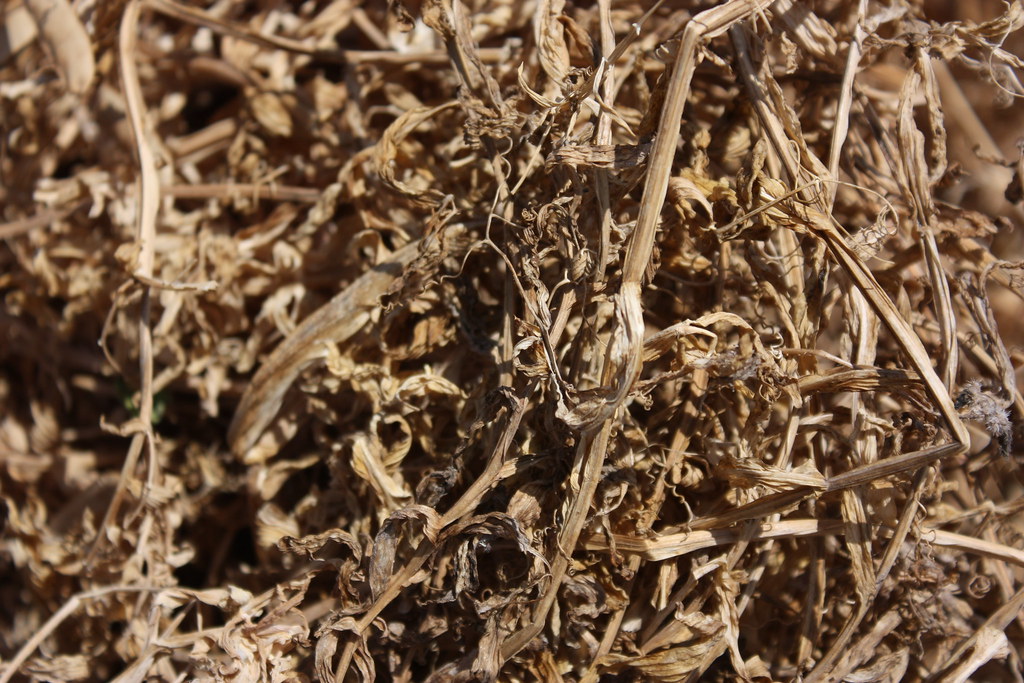Fava from Schinousa, a Bronze Age flavor in today's Aegean
- Written by E.Tsiliopoulos
Some of the infinite small wonders of the Aegean have been there from the prehistory of our way of life, from the Mycenean Bronze Age, the Neolithic, the Mesolithic, and even earlier, from the Paleolithic Age. After all, who is to say whether the cradle of our civilization, are the the mainland or the Archipelago? One of the small islands worth visiting is Schinousa, one of the smaller of the Small Cyclades.
A small island—which your eyes can embrace from the highest peak of the old windmill hill, and your feet can explore from end to end—can produce and supply all the basics of people's lives, and the sea offers travel and trade. Before you go there, you find it hard to believe that more fava beans are produced in such a limited space than anywhere else. And when you see it, you won't believe your eyes. Almost the whole island, every corner of it that holds fertile soil, sown in autumn and reaped in May.

From Paleolithic times, before grinding with millstones, people here harvested the fava legume.This way of cutting fava beans – a top stone that rotates past the axis fixed in the middle of the other stone and separates the seedhat passes between them into two lobes – has been around for many thousands of years, and is still used in some Aegean islands.
Here in Schinousa, however, they have greatly developed the production of the "katsuni" fava bean that originally comes from Amorgos, even though today its inhabitants, use machines for grinding and cleaning. Out in the fields, although the modern thresher has made its appearance, the dry plants with the pods of the seeds are still harvested in difficult places with the hand-held "kossa", and piled up in rows with pitchforks, for the machine to pass afterwards and grind them. It's as time has stood still. Well, except that the youg womsn forking dry fava beans is listening to music through headphones on her cell phone.
The flavor of the culinary history of the Aegean islanders emerges through the combination of land and sea, the dish with the "velvety" fava beans and the appetizing tentacle of the octopus on top. It doesn't matter what the dish is. A stone-carved "gouva", a clay platter, a silver Byzantine plate or a fine porcelain platter. Time,from the shadowy depths of history, seems to stand stil, looking with one eye to the past and one to the future. Yes, surely people will continue to be networked with their beginnings, surely people will continue to eat octopus as long as the sea is alive, and fava beans as long as there is soil on the body of islands around sacred Delos. And these will be a valuable part of their culinary profile. In places, such as Skyros, there was a special cylindrical, clay vessel like a jug, the "favotsukalo", where fava beans were boiled, primitively, with only salt and water, next to the lit fireplace.
In Schinousa they say that if fava beans don't "drink" oil, they are worthless. However, cooking it remains as simple as it was at the time of the beginnings of man. At least in the Aegean of the Bronze Age it existed. It is depicted on a vase of the 17th century BC, together with other cultivated plants such as the vine, which was found in the wonderful settlement of Akrotiri, on Santorini, preserved under volcani ash. And of course there was the sea salt that was necessary for the fava beans and their accompaniments, the "salty" fare. The salted small fish, a memory of the taste of the Bronze Age in the modern Aegean. And onions, which is today the best match for fava beans, may have existed then as well. The bulbs, like small onions, which in Crete are called ascordulakos, in Skyros kermydes and elsewhere wild onions, are indigenous. Like the capers, leaves and buds, in every phase of its development, pickled, which also goes well with fava beans.
Here we must say that the fava of the Greeks has nothing to do with Middle Eastern fava. Greek fava is a yellow split pea-like lens shaped legume, while what are referred to as fava beans in the Middle East are green broad beans, called koukia in Greek. Broad beans are rich in levodopa, and should thus be avoided by those taking irreversible monoamine oxidase inhibitora to prevent a pressor response. Sufferers of favism must avoid broad beans, as they contain the alkaloid glycoside vicine which may initiate a hemolytic crisis. Greek fava is safe for everyone, and extremely tasty.
Latest from E.Tsiliopoulos
- Diaspora led pharma gets grant for research against Parkinson's
- Belgian national sought on extradition warrant is arrested in Porto Rafti
- Hospital admissions due to Covid doubled since end-May
- Fires in Stamata, Keratea, Distomo, Ritsona, Zakynthos without active fronts - One dead from heart failure, houses burned
- Goldie Hawn and longtime partner, Kurt Russell are once again in Greece for summer vacation for one more year with

